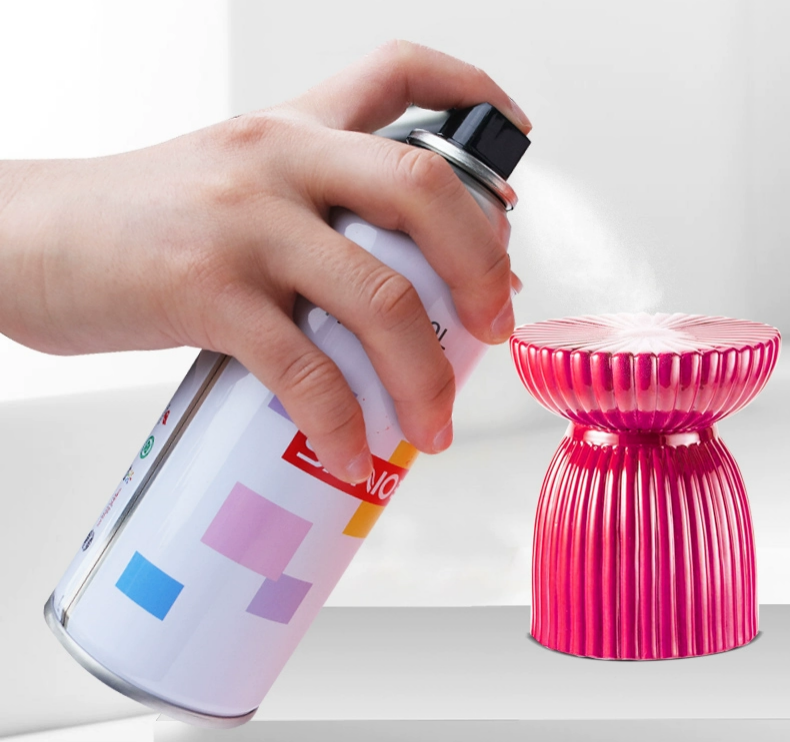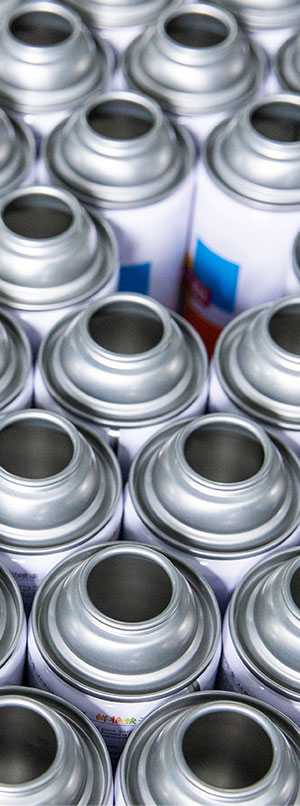Understanding the Challenges of Spray Painting Plastic
Spray painting plastic can be a tricky task, as not all spray paints adhere well to this type of surface. In this article, we will discuss what spray paint to use on plastic and provide you with some useful tips for successful results.

Choosing the Best Spray Paint for Plastic Surfaces
When spray painting plastic, it’s important to choose a spray paint specifically formulated for plastic surfaces. Look for spray paints that mention “plastic” or “multi-surface” on the label. These paints have special adhesion properties that help them bond with plastic surfaces effectively.
Tips for Successful Spray Painting on Plastic
Before you start spray painting, prepare the plastic surface by cleaning it thoroughly with soap and water. Remove any grease or oil stains, as they can interfere with the paint’s adhesion. Allow the surface to dry completely before proceeding.
When applying the spray paint, hold the can about 8-12 inches away from the plastic surface. Apply thin and even coats, allowing each coat to dry before applying the next. This will help prevent drips and ensure a smooth finish.
To ensure a smooth and durable finish, proper surface preparation is essential. Start by cleaning the surface thoroughly to remove any dirt, grease, or loose particles. Sanding the surface lightly can help create a better adhesion for the spray paint. Additionally, using a primer specifically designed for spray paint can enhance the durability and longevity of the finish.
Achieving a professional-looking result with SANVO Company’s spray paint requires proper application techniques. Shake the can vigorously for at least one minute before spraying to ensure the paint is well mixed. Maintain a consistent distance of 8-12 inches between the can and the surface to avoid overspray or uneven coverage. Apply thin and even coats, allowing each coat to dry completely before applying the next layer.
While using spray paint, it is crucial to prioritize safety. Ensure proper ventilation by working in a well-ventilated area or using a respirator mask. Protect yourself by wearing gloves, safety glasses, and appropriate clothing. It is also important to read and follow the instructions provided by SANVO Company on the spray paint can regarding application, drying times, and any specific safety precautions.
In conclusion, choosing the right spray paint for plastic surfaces is crucial for achieving a successful outcome. Follow the tips mentioned above, and you’ll be able to achieve a professional and durable finish on your plastic items.
